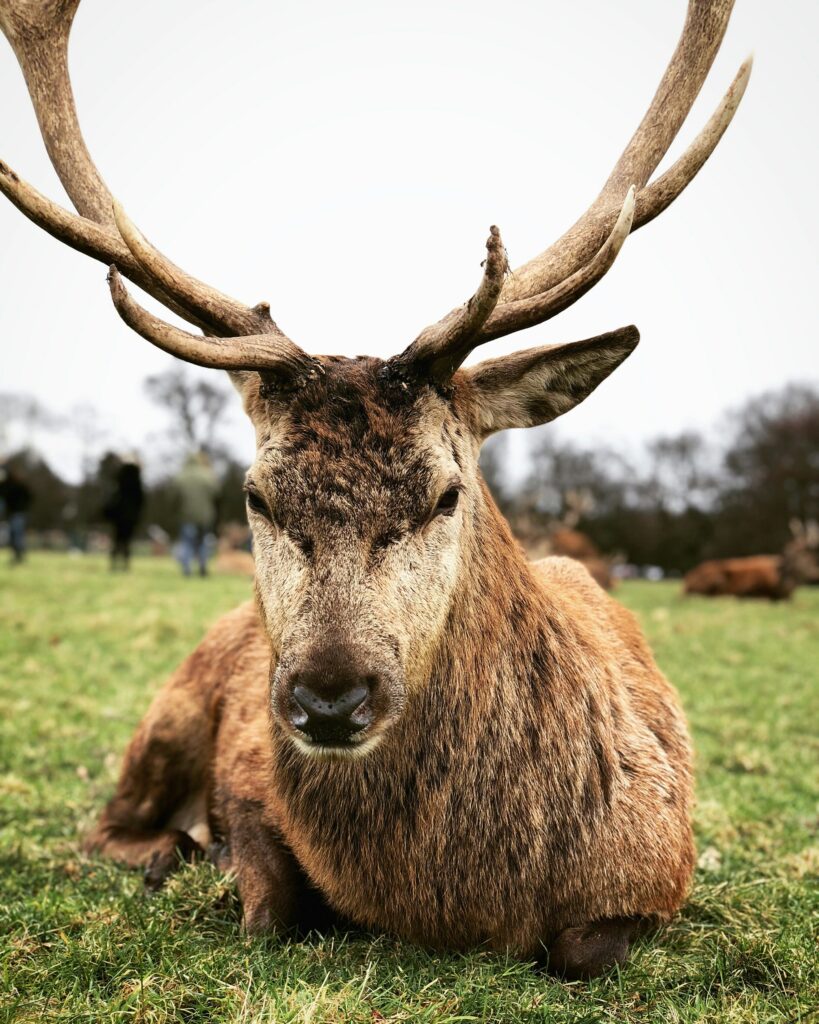
Introduction:
Wollaton Hall was designed by Robert Smythson, the mastermind behind Longleat House in Wiltshire and Hardwick Hall in Derbyshire. Smythson collaborated with Sir Francis Willoughby to build this wonderful piece of architecture – where Willoughby had planned to occupy the hall once it was completed.
The hall was officially completed in 1588, taking around 8 years to finish, and has become one of the most famous buildings in the whole of Nottinghamshire – visited by hundreds of thousands of locals and tourists every year.
Unfortunately, Sir Francis never got to live here. He died eight years after its completion, without a male heir and an abundance of debt due to the cost of the build.
History
Many of the original Tudor features can still be seen at Wollaton Hall, however, much of what remains now is Georgian as a result of successive generations of Willoughbys making changes to the building.
In 1642, a fire at the east end of the building saw Wollaton Hall abandoned for 44 years.
The following renovations were carried out under Cassandra Willoughby, Duchess of Chandos. Cassandra led both the restoration efforts and catalogued the family archives, along with the botanical and zoological collections of her renowned naturalist father.
In terms of ownership, the hall remained in the hands of the Willoughby bloodline until 1926 when it was sold to Nottingham Corporation for the grand sum of £200,000.
One year later it reopened as the city’s Natural History Museum, which it still remains to this day – it’s also famously home to Hilary the Hippopotamus, Geoffrey the Giraffe and of course a Gorilla named George. George is rumoured to have appeared at the Paris Exhibition in 1878 and was bought that year in Paris for £100.
Spookiness
By day, Wollaton Hall is the first choice for picnics, walks and bird spotting but by night, the mansion feels spooky, and is said to be home to a myriad of ghostly figures.
Perhaps the most famous ghostly resident is Lady Middleton – who lived in the hall on the ground floor after being paralysed in a fall. It is said that Lady Middleton roams the rear of the property, haunting anyone brave enough to walk there alone. Many visitors have also reported distant voices screaming and being grabbed by freezing cold hands.
(above, Lady Middleton)
There’s also the ‘Blue Lady’ who is said to wander around the gardens, and a broken-hearted spirit endlessly searching the lake after a tragedy in 1858.
Finally, of course, we can’t forget one of Wollaton Hall’s biggest claims to fame – Batman fans may recognise Wollaton Hall from Batman film, The Dark Knight Rises, where the striking exterior featured as Wayne Manor, the home of Batman’s alter ego Bruce Wayne.
The setting was very fitting – the grounds are home to nine species of bat… spooky!









